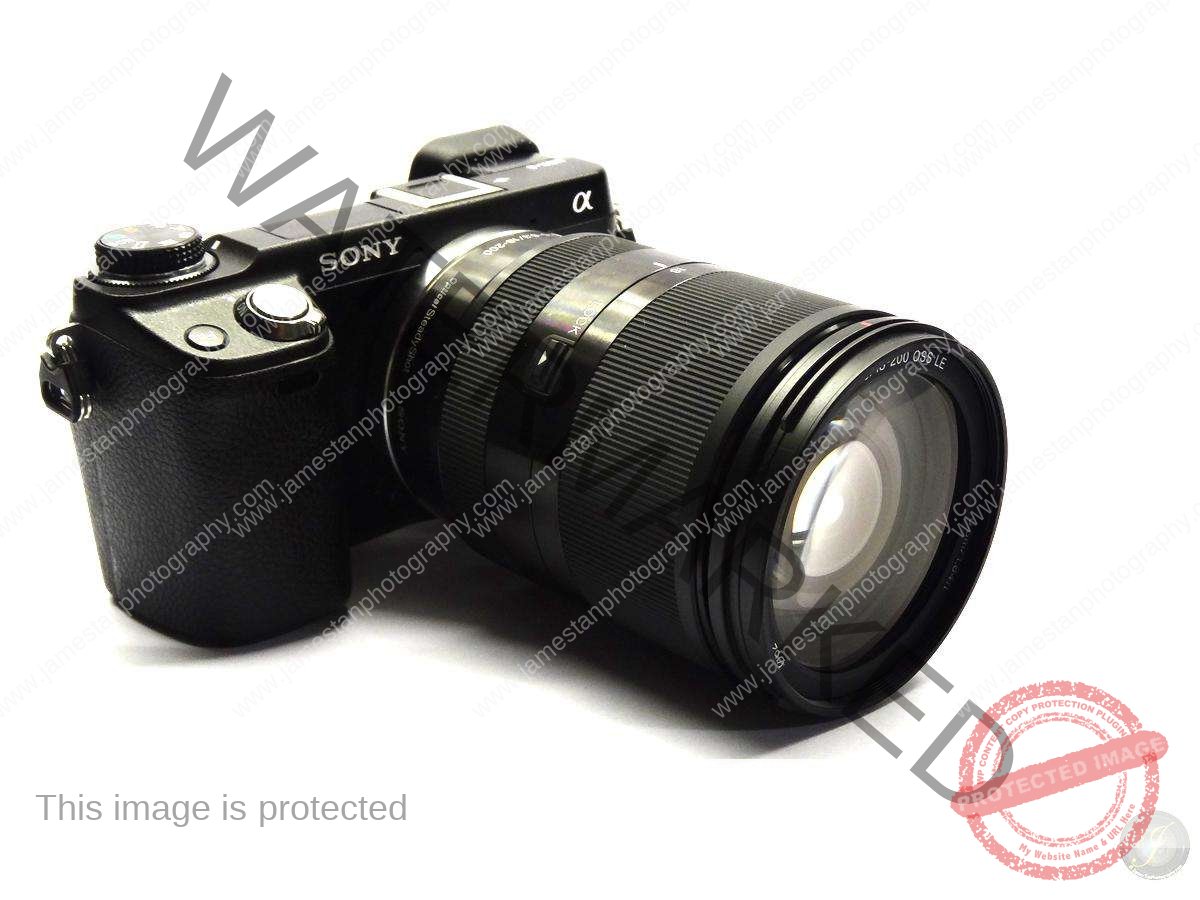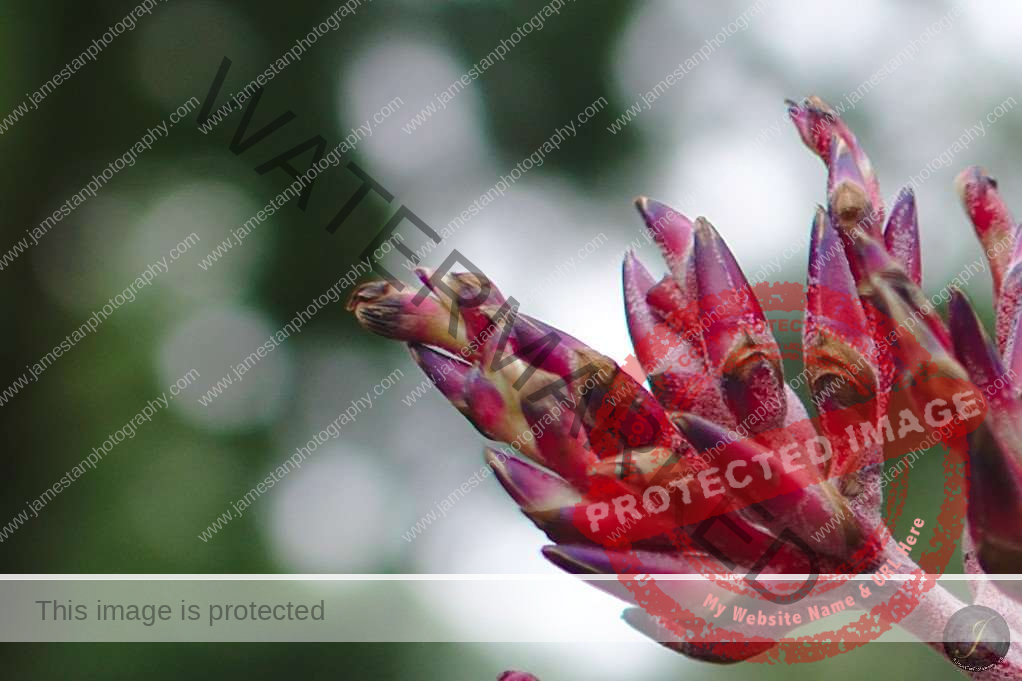Zoom Lens

Sony SEL1670Z APS-C Lens
Last Updated On
Sony SEL1670Z is the standard zoom lens for Sony APS-C E-mount cameras that covers an equivalent range of 24 mm to 105 mm with a constant F4 aperture. Would the little blue Zeiss badge give the assurance of its image quality? Let’s check it out!

Sony SEL2470Z
Last Updated On
Sony SEL2470Z is the first Sony FE standard zoom with the little blue Zeiss badge. Would it give a satisfying image quality to match its premium price tag? Let’s check it out!

Sony SEL18200LE
Last Updated On
Sony SEL18200LE is the all-in-one zoom lens for Sony APS-C E-mount cameras that covers an equivalent focal length from 27 mm to 300 mm. Would it be your one and the only lens for your Sony E-mount camera? Let’s check it out!

5 Tips to Get Bokeh
Last Updated On
Are you struggling to produce those creamy smooth Bokeh in your photos? Let’s check out some simple tips to help you in the Bokeh!

10 Consideration Before Buy a Lens
Last Updated On
You might be overwhelmed by the sea of lenses when you have just started your photography journey. Let’s check out what you should consider before you buy a lens!





